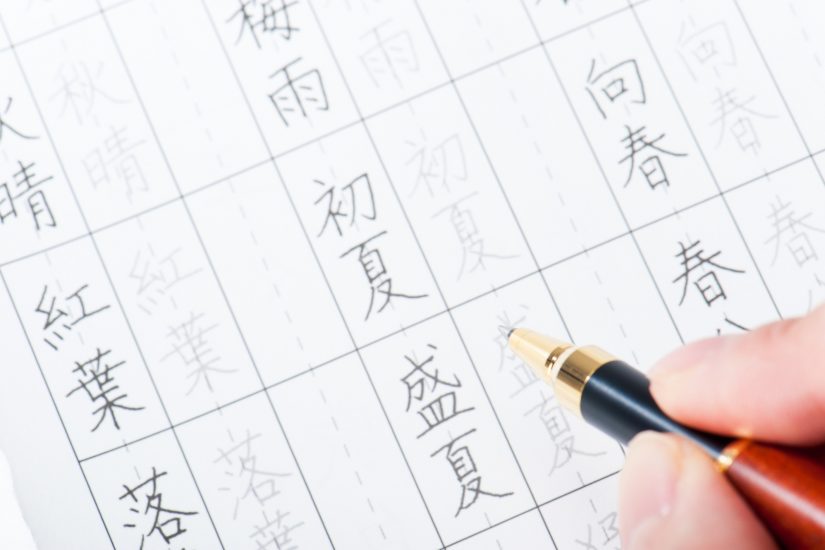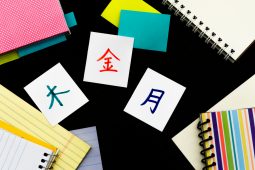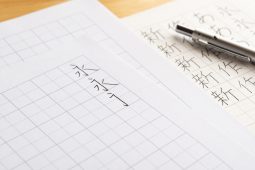Kanji are Chinese characters that were first introduced into Japan in the 5th century. There are 2,136 official jōyō kanji (regular use characters) which you will need to study if you want to be able to read Japanese. Although kanji are an absolutely fascinating aspect of the Japanese language, for many language learners this part of their studies is the most overwhelming. So how should you approach this task? Here are some tips.
1. Understand the Challenge
If you want to study kanji you need to understand how these Chinese characters work in Japanese. When each kanji was adopted into Japanese it retained its original Chinese pronunciation, but it also became associated with native Japanese words of the same meaning. This means that most kanji have at least two ways of being read: an onyomi or Chinese reading and a kunyomi or Japanese reading. For example the kanji for “mountain” is 山which has an onyomi: san, and a kunyomi: yama. Which reading is used depends on how the kanji is used in a word or sentence. To complicate matters some kanji were introduced repeatedly and may have multiple onyomi readings which depend on the period of their introduction and the area of China from which they were introduced.
2. Learn the Radicals
All kanji are built from component elements called radicals. The good news is that there is a limited number of radicals. If you learn to recognize the 214 traditional radicals, then it will become a lot easier to learn the kanji. They will no longer appear like a bunch of random patterns but as unique combinations of familiar elements.
3. Create Your Own Mnemonic System
Once you have learnt the radicals, you can use them to create short mnemonics which will help you remember each kanji. For example, supposing you know that 日 = day and 生 = birth. When you encounter the kanji 星 which means star, you can easily break it down into its separate components and create a short memorable sentence such as: “On this day a STAR is born.” Many kanji textbooks and study systems include such mnemonics, but the easiest ones to remember are the ones you create for yourself.
4. How to Use Flashcards
Flashcards, whether they are digital or written by hand, can be useful in the short term for picking up basic kanji, learning the radicals, expanding your general vocabulary, and studying for tests. However, you should not rely on flashcards alone as a means for studying kanji. The sheer number of cards that would be necessary would render that impractical, but there are other reasons which we shall explore below.
5. Context is Everything
How a kanji is pronounced and what it means is highly context dependent. For this reason, any study system that involves studying each kanji in turn, one-by-one, isolated and abstracted from context is not going to work. Memorizing over 2,000 kanji like that is not only extremely tedious, but even if you can memorize all the individual kanji meanings and readings, you will not understand how they work in practice. You will not be able to read.
Kanji on their own can be read in different ways, and with different shades of meaning which may only be apparent within the context of a sentence. However, kanji can also be joined with other kanji to form new compound words with meanings that might be hard to guess from their individual meanings.
For example, let’s look at the kanji 行. It has a relatively simple structure, a basic meaning of “go”, and a number of possible readings. Written 行くit can be read as iku (or yuku) and means “to go,” written 行う it is read okonau and means “to do”. So far so good – but then come the compounds! The kanji compound 銀行 is read ginkou and means “bank”, while the kanji compound 行政 is read gyousei and means “administration”, and 刊行 read kankou means “publication”. This is a level of detail that you will not be able to fit on the back of a flashcard. Nor will you be able to memorize it with the much-hyped Spaced Repetition System. The best way to acquire all these alternative readings and meanings is to encounter them naturally in context.
In Part 2 of this article we will continue to look at how context can help you remember the kanji.








